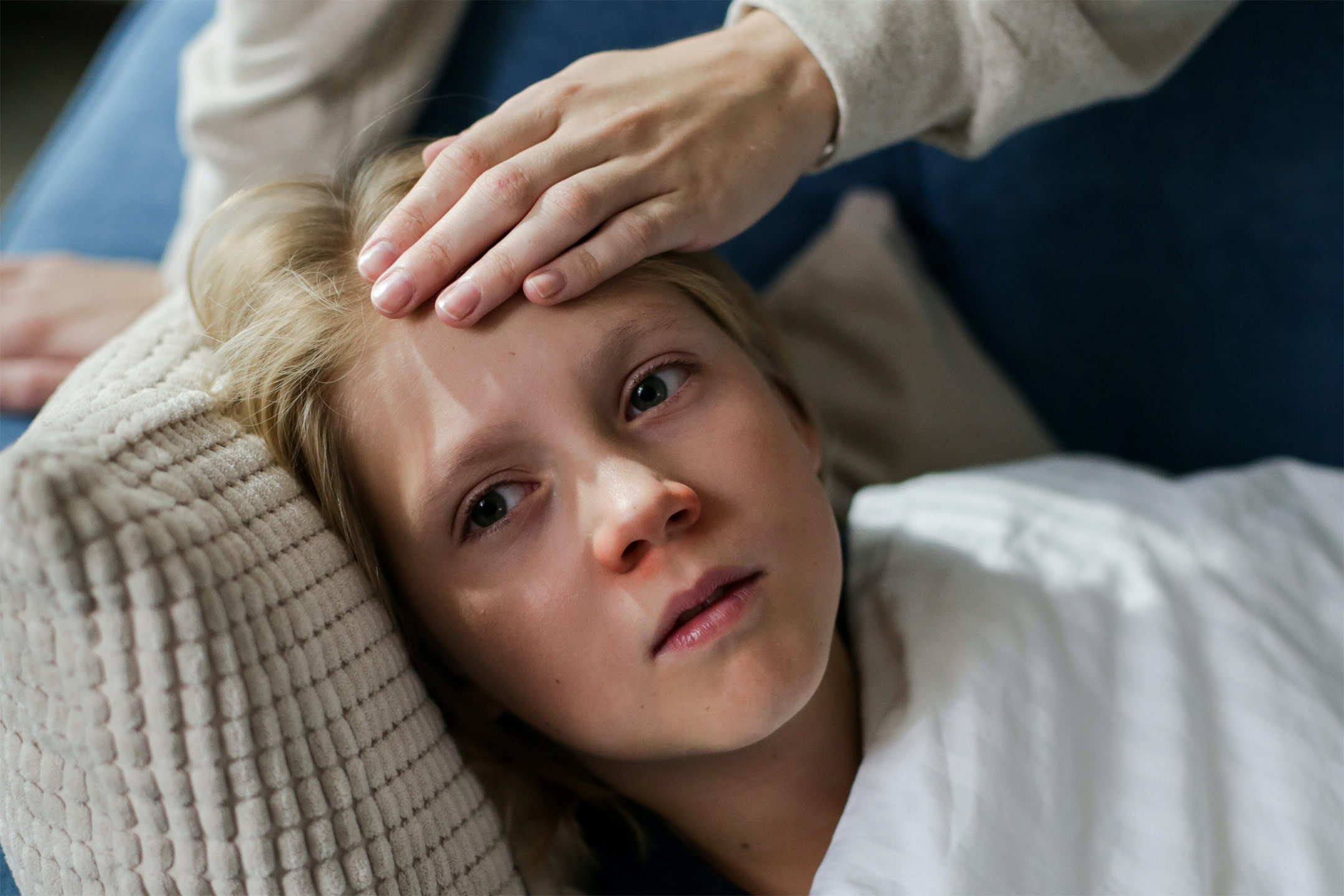
12 May Waiting for the ‘Rainbow’
Felicity Thomas reflects on her experience of having Sydenham’s chorea in childhood.
Life-changing moments often come in the midst of despair, breeding inner strength, resilience and compassion. This was certainly so for me at the age of 12 when I was diagnosed with a rare illness – Sydenham’s chorea.
The disease is characterised by rapid, uncoordinated jerking movements, primarily affecting the face, feet and hands. It is usually initiated by a strep infection, which the doctors thought I must have had (although we weren’t particularly aware of anything other than a slight cold).
The illness occurred three years in a row, lasting a few weeks each time, and with gradually decreasing severity. I associated the attacks with depression and loneliness, and their rare occurrence meant doctors struggled with a diagnosis.
I was given a course of penicillin as a precautionary measure to protect the heart, since Sydenham’s chorea is related to rheumatic fever, which can damage your heart. Besides that, there was little doctors could offer by way of treatment or cure. I also felt very frustrated with doctors who refused to treat me like an adult while discussing the illness and options for treatment.
But there was one doctor for whom I had a soft spot – an elderly professor with fluffy white hair, glasses and a stutter. I sat there patiently as he tried to get his words out, knowing that he genuinely cared for me as a person. One day a doctor asked me to do something that was very unpleasant for me, but invaluable to others: I sat in front of a lecture theatre full of medical students so they could observe my jerking arms and legs.
One of the hardest things was feeling no one understood how I felt. I dreaded going to school, fearing what the other children would say. A breakthrough came one day when the school bully looked at me quizzically and asked if I was okay. I learned that even the most seemingly impervious are vulnerable – I discovered his tough exterior hid a kid in turmoil.
There was a ray of sunshine during the illness when a family friend took me to the beach for the day. I focused on ice cream and the surf, and there was no mention of my illness. I felt normal again, no different from other kids my age.
These experiences taught me what it’s like to feel alone; to need the hugs and love of a close friend, but also to be able to comfort others in their trials – focusing on their value as people and not on the diseases plaguing them. I often said to Mum afterwards that I was very grateful I’d had the illness because it let me experience at a relatively young age the power of hardship to shape us for good.
As I told a young sufferer and her family recently, you just need to hang in there. There will be a rainbow after the rain.
Sydenham’s chorea or St Vitus’ Dance
It most often appears in children between the ages of 5 and 15, and is more common in girls than in boys, following an attack of rheumatic fever (a streptococcal infection) – up to 6 months after the fever has cleared. It is thought to result from an autoimmune reaction to the streptococcal infection. It is now a relatively rare disorder, probably due to the routine use of antibiotics to treat infections in children. It may occur in about 25% of children who have rheumatic fever.
See The Brain Foundation for more information




